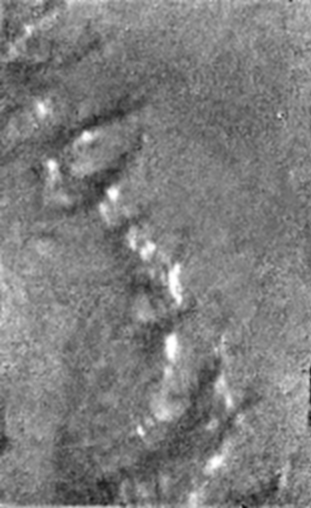O
orionrider
Guest
Here is the latest, most gorgeous picture of the Earth, as captured by a state-of-the-art multi-million dollar probe:
http://www.space.com/scienceastronomy/e ... 00627.html

I understand that cameras designed for Science don't necessarily take nice pictures, but for the general (taxpayer) public this looks like a joke. Black and white :shock: :?: :?: :?:
Ah, and then tonight you can see the shuttle dock the ISS in the 8PM news. I bet my cell-phone takes better video! Not to mention the lander flying halfway across the solar system to snap grainy gray-and-gray landscapes of Titan... :evil:
Nowadays, most 100gr cameras take 10MP shots and HD video; it couldn't be that expensive to fit one on each probe, just to motivate the masses, post on youtube, hang the poster in the kid's room?
I hope they will learn some PR tricks when they launch the mission to the Jupiter system. I would die for a HD video of the 40,000kmh lowpass between the volcanoes of Io :mrgreen:
http://www.space.com/scienceastronomy/e ... 00627.html

I understand that cameras designed for Science don't necessarily take nice pictures, but for the general (taxpayer) public this looks like a joke. Black and white :shock: :?: :?: :?:
Ah, and then tonight you can see the shuttle dock the ISS in the 8PM news. I bet my cell-phone takes better video! Not to mention the lander flying halfway across the solar system to snap grainy gray-and-gray landscapes of Titan... :evil:
Nowadays, most 100gr cameras take 10MP shots and HD video; it couldn't be that expensive to fit one on each probe, just to motivate the masses, post on youtube, hang the poster in the kid's room?
I hope they will learn some PR tricks when they launch the mission to the Jupiter system. I would die for a HD video of the 40,000kmh lowpass between the volcanoes of Io :mrgreen:



